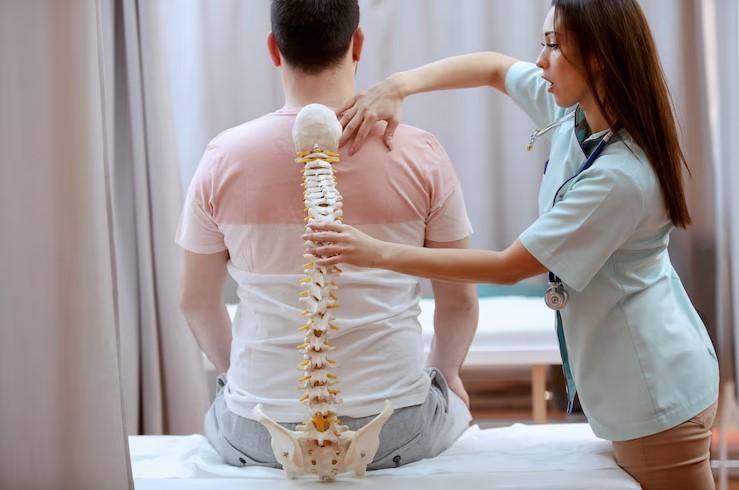Ever dreamed of scoring the winning goal, spiking the perfect volleyball serve, or gracefully conquering the next marathon? But then scoliosis whispers doubts in your ear, making you wonder if those dreams can become reality.
Fear not, fellow Singapore athlete! Here's the truth: scoliosis doesn't have to be a game-changer. With the right guidance and a physiotherapy plan specifically designed for scoliosis, you can continue pursuing your athletic passions and achieve peak performance.
Why You Need Scoliosis Physiotherapy for Peak Performance
Scoliosis is a condition where the spine curves abnormally. While it can affect anyone, athletes are particularly susceptible due to the repetitive stress certain sports put on the body. This curvature can lead to uneven muscle development, tightness, and pain, all of which can significantly impact your athletic performance and increase your risk of injuries.
Here's where scoliosis physiotherapy for athletes comes in. A qualified physiotherapist will assess your unique situation, taking into account your specific sport, the severity of your scoliosis, and any pain you're experiencing. Through a personalized physiotherapy program, they'll help you:
- Improve Flexibility and Range of Motion: Tightness and stiffness can hinder your movement and coordination. Scoliosis physio incorporates targeted stretches and exercises to improve flexibility and range of motion, allowing you to perform at your best.
- Strengthen Core Muscles: A strong core is essential for stability and power in any sport. Physiotherapy exercises will focus on strengthening your core muscles, which will improve your posture, protect your spine, and enhance your overall athletic performance.
- Manage Pain: Scoliosis-related pain can be a major roadblock to training and competition. Physiotherapists use various techniques, including manual therapy, to manage pain and improve mobility.
- Develop Proper Technique: Incorrect technique can exacerbate scoliosis and lead to injuries. A physiotherapist can analyze your movement patterns and identify any technique flaws specific to your scoliosis. They'll then guide you on corrective exercises to develop proper technique, optimizing your performance and reducing your risk of injury.
Training with Scoliosis: Pro Tips from Your Physiotherapist
So, you've got a physiotherapy program in place. Here are some additional tips from your friendly neighborhood physiotherapist to help you train safely and effectively with scoliosis:
- Listen to Your Body: Pain is your body's way of communicating. If you experience any pain during training, stop the activity and consult your physiotherapist.
- Open Communication: Keep your physiotherapist informed about your training schedule, any pain you experience, and any changes in your scoliosis symptoms.
- Gradual Progression: Don't push yourself too hard too fast. Gradually increase the intensity and duration of your training as your strength and flexibility improve.
- Warm-Up and Cool-Down: Always prioritize a proper warm-up before training and a cool-down afterward. This helps prepare your muscles for activity and allows them to recover properly.
- Maintain Good Posture: Being mindful of your posture throughout the day, not just during training, is crucial. Your physiotherapist can teach you specific postural exercises and stretches to maintain good alignment.
Remember, You're Not Alone!
Physiotherapy for scoliosis may present challenges, but it doesn't have to define your athletic journey. With the help of a qualified scoliosis physiotherapist in Singapore, you can develop a personalized plan to manage your scoliosis, improve your performance, and keep your sporting dreams alive!

